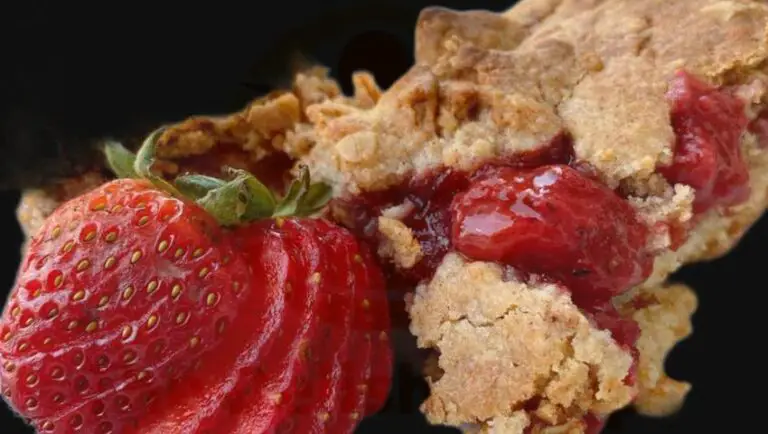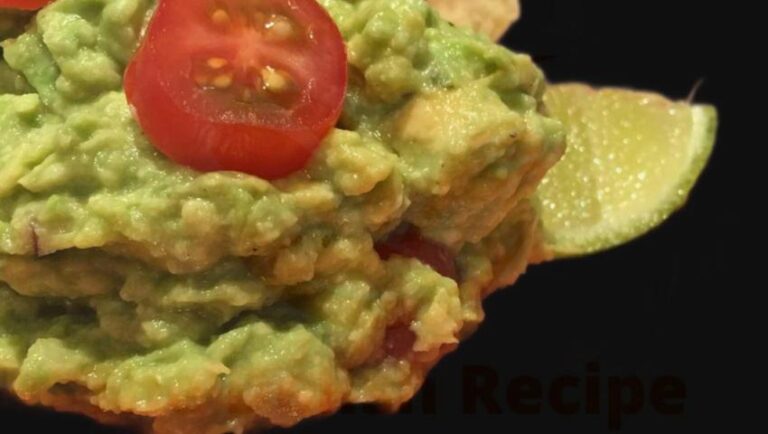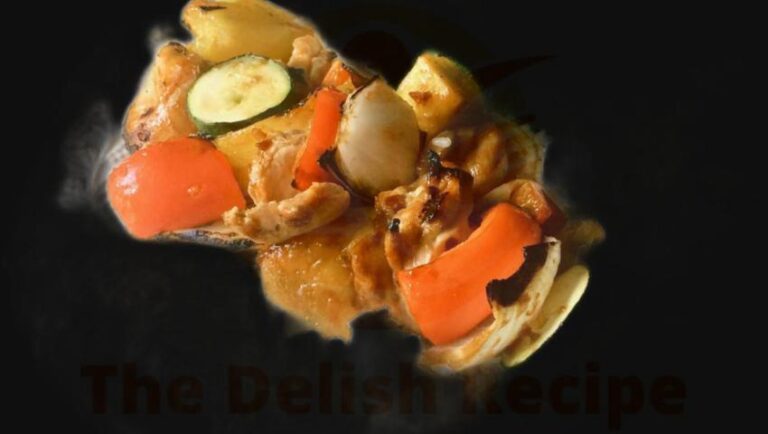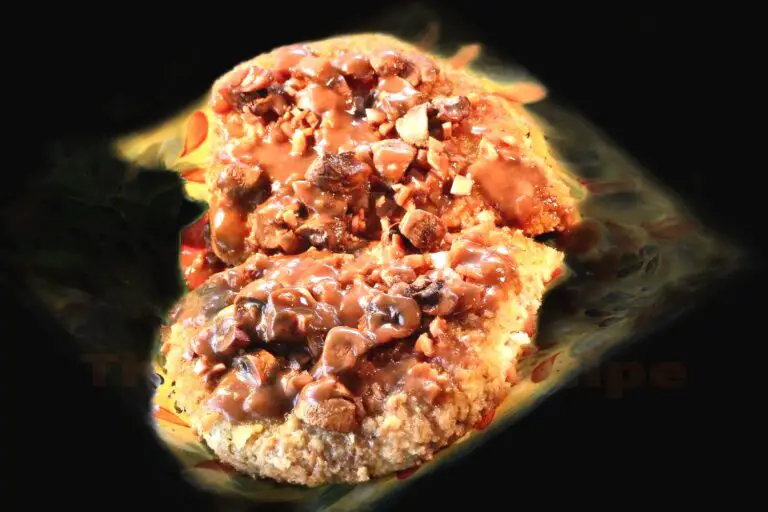Basic Flaky Pie Crust
This is a recipe for a basic flaky pie crust. This type of crust is made with flour, butter, and salt, and is often used for pies and tarts. The dough can be made by hand or with a food processor. Ingredients 1 1/4 cups all-purpose flour 1/4 teaspoon salt 1/2 cup chilled butter, cut…
This is a recipe for a basic flaky pie crust. This type of crust is made with flour, butter, and salt, and is often used for pies and tarts. The dough can be made by hand or with a food processor.
Ingredients
- 1 1/4 cups all-purpose flour
- 1/4 teaspoon salt
- 1/2 cup chilled butter, cut into cubes
- 3 tablespoons ice water
Instructions
To make a Basic Flaky Pie Crust, whisk the flour and salt together in a medium size bowl. With a pastry blender, cut in the cold shortening until the mixture resembles coarse crumbs. Drizzle 2 to 3 tablespoons ice water over flour and toss mixture with a fork to moisten, adding more water a few drops at a time until dough comes together. Gently gather dough particles together into ball. Wrap in plastic wrap and chill for at least 30 minutes before rolling out dough onto floured surface. Roll out dough large enough to fit pie plate and transfer crust to plate. Fill with desired filling and bake according to recipe instructions or until crust is golden brown.
Nutrition Facts
- Serving size: 1/8 of recipe
- Calories: 190
- Fat: 11 g
- Saturated fat: 7 g
- Unsaturated fat: 4 g
- Trans fat: 0 g
- Cholesterol: 30 mg
- Sodium: 170 mg
- Carbohydrates: 20 g
- Fiber: 1 g
- Sugar :0g
- Protein 2g
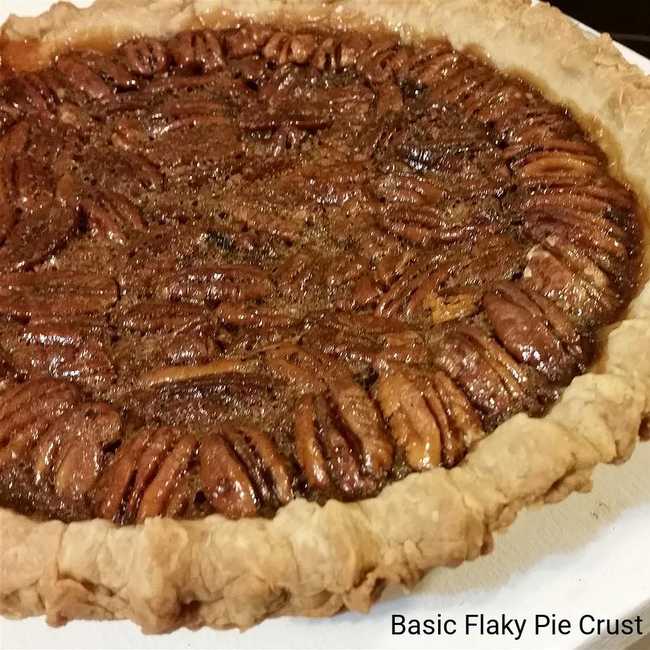
What makes pastry tender and flaky?
Pastry is tender and flaky because of the solid fat that is used to make the dough. The fat is mixed or “cut” into the flour so it stays in discernible pieces. During baking, the pieces of fat melt away, leaving air pockets that then expand a little from steam.
Flakiness comes from the solid fat (butter, shortening, lard, or cream cheese) that’s used to make the dough. When you mix the fat into the flour, you want to cut it in until the mixture resembles coarse crumbs. If you work too quickly or use too much pressure, though, you’ll end up with large chunks of butter in your dough; when these hit the heat of your oven, they’ll melt and create big gaping holes in your pastry.
Should you pre bake the bottom pie crust first?
Yes, you should pre bake the bottom pie crust first. This is the surefire way to make absolutely certain your pie’s crust will be golden brown, crisp, and delicious — just as appealing as its filling.
Baking the bottom crust first helps to prevent it from becoming soggy once the filling is added. It also allows the dough to cook evenly so that you don’t end up with a raw or undercooked crust.
So how do you pre bake a pie crust? First, blind bake it by lining the dough with parchment paper or foil and then filling it with dried beans or rice. This will weigh down the dough and prevent it from puffing up while baking. Then, simply bake the dough according to your recipe’s instructions until it’s golden brown and cooked through.
Once your bottom crust is pre baked, simply add your desired filling and continue baking according to your recipe’s directions. And that’s all there is to it! By taking this extra step, you can enjoy a perfectly baked pie with a flaky, crispy bottom crust every time.
What pastry ingredient makes pastry tender?
Pastry dough is made tender by the addition of pastry or cake flour. This type of flour contains a lower percentage of protein than all-purpose flour, which results in a more tender pastry. The gluten content in pastry or cake flour is also lower than that of all-purpose flour, further contributing to the tenderness of the final product.
In some recipes, vinegar may be added along with the flour to help strengthen the gluten and add elasticity. However, too much vinegar can make the dough tough, so it’s important to use only a small amount if this ingredient is called for in your recipe.
Should I blind bake pie crust?
A custard pie is a type of dessert that uses a pastry crust filled with a custard filling. The moisture in the filling can make the crust soggy, so many people recommend blind baking the crust until it’s half-baked. This helps the crust stay firm and prevents it from becoming soggy. There are several different methods for blind baking a pie crust, but the most common is to use pie weights or dried beans to weigh down the dough.
Blind baking is not always necessary, especially if you’re using a pre-made pie crust or one that is particularly sturdy. However, if you’re worried about your crust getting soggy, it’s definitely worth giving blind baking a try.
How do I make my bottom pie crust flaky?
If you’re looking for a flaky bottom pie crust, there are a few things you can do. First, brush the bottom of the crust with corn syrup or a slightly beaten egg white. This will form a seal between the dough and the filling, keeping the crust crisp and flaky. You can also pre-bake the crust for a few minutes before adding the filling. This will help to further prevent sogginess. Finally, make sure to use plenty of flour when rolling out your dough to prevent it from sticking to surfaces and becoming tough.
Ask your question to our expert chef and get instant help.
Please provide details about your query with the recipe name.

